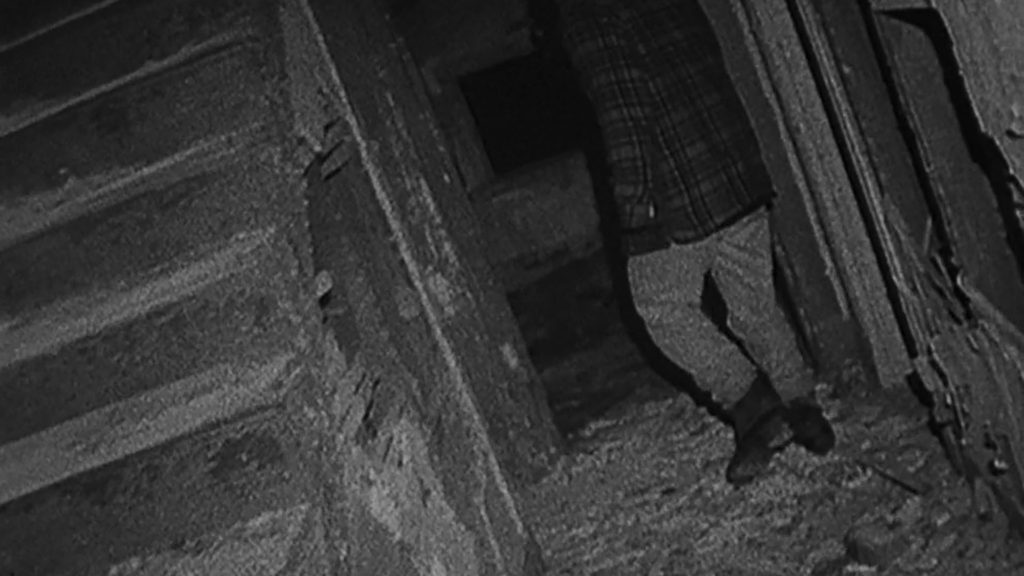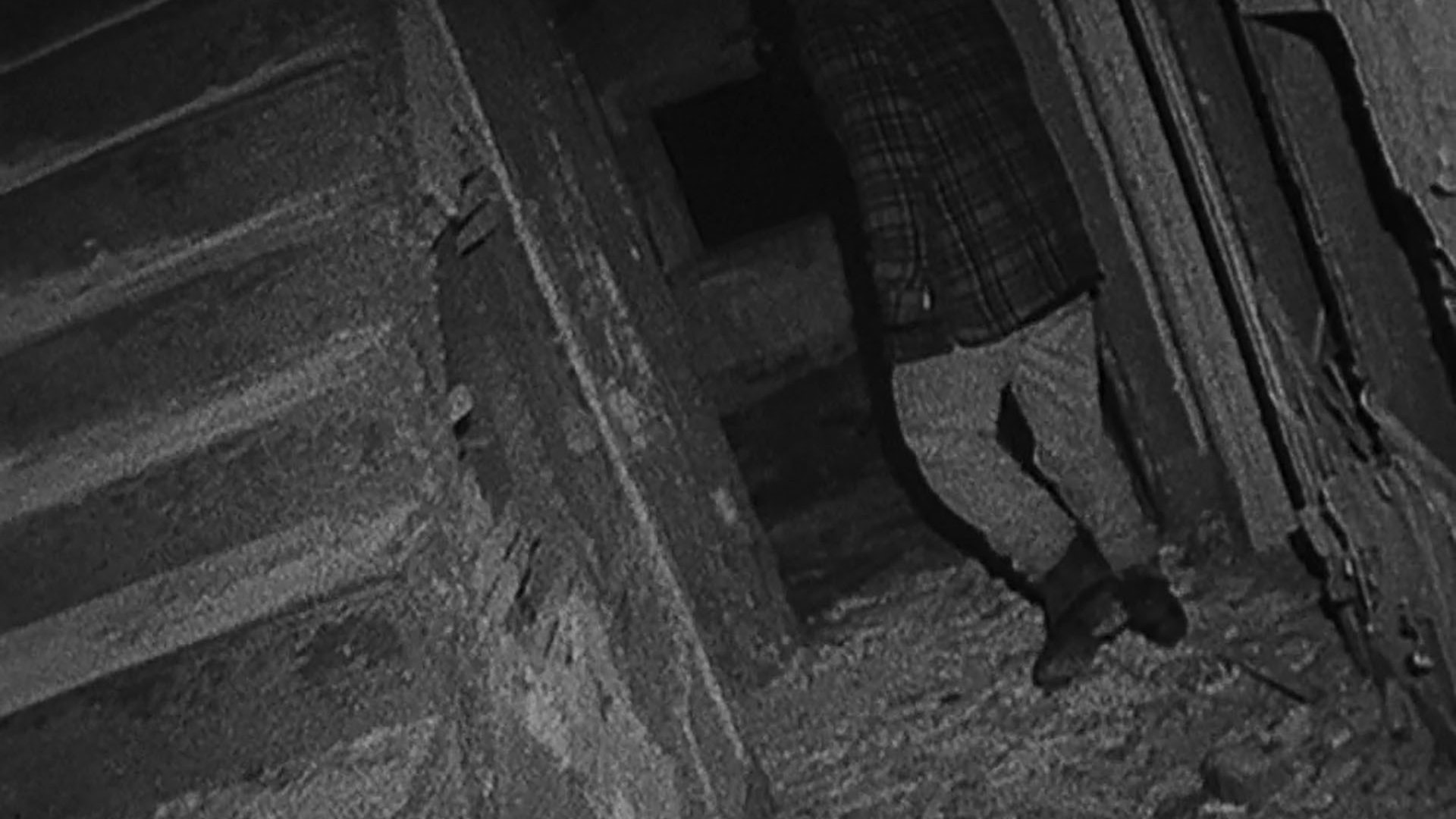In both playing and discussing Until Dawn, a point brought up countless times was the influence of horror film conventions on the game. From the way the story is structured to the cinematic aesthetic of presentation, playing Until Dawn felt almost like stepping into a modern horror film. This week’s reading, Tanine Allison’s “Losing control: Until Dawn as interactive movie”, argues that purposefully bringing elements of the film genre (the lack of audience control over narrative) into the video game medium are crucial to the game’s purpose, and that its non-interactivity does not negate its status as a game.
While the influence of film conventions on Until Dawn is obvious, it made me question: as we see horror games expand as a genre, and with the rapidly growing social influence the game industry has on modern-day culture, will we/are we beginning to see the reverse, i.e. horror video games influencing horror films?
First, it is important to note the influence of video games on film as a whole. We have seen the visceral first person perspective of FPS games in film already. A key example of such is Ilya Naishuller’s Hardcore Henry (2015), which is told entirely through the first person perspective of protagonist Henry, and is inspired by video game conventions. Max Nicholson writes for IGN that the film is “Two parts FPS, one part platforms and a pinch of HowToBasic,” going on to claim that “Hardcore Henry lives up to the title with non-stop, off-the-wall action and a love for all things video games” (Nicholson, 2016).
While Until Dawn seems to purposefully drop video game conventions in favor for cinematic cinematography, down to alternating shot construction inspired by films, there also exists a precedent of using first perspectives in horror films, namely the found footage horror genre. The Blair Witch Project, often credited with popularizing the genre, makes extensive use of first person perspectives as the main characters film their surroundings. However, often these found footage horror films go hand-in-hand with low budget, real world locations.

So how could games influence such films? One possibility is through the innovative technology developed by the game industry. Imagine a first person, found footage film, that instead of being set in the woods, utilizes a completely CGI environment that is shot through VR. Instead of having to storyboard and work with animators to construct only what exists within the frame, a filmmaker could use a virtual camera to actively look around the space, responding to stimuli and allowing the camera to serve as a performer. Such techniques are growing more and more popular, with Happy Feet being a prime example of using physical camera-work in a virtual environment to simulate a documentary style (Desowitz, 2006). With these technological developments, united with the story-telling evolution brought upon by the video-game medium, I believe we will soon begin to see influence of horror games in films.
Sources:
Nicholson, Max. “Hardcore Henry – Review.” IGN, March 14, 2016. https://in.ign.com/hardcore-henry/89440/review/hardcore-henry-review
Desowitz, Bill. “Getting Animated Over ‘Happy Feet’.” AWN, November 17, 2006. https://www.awn.com/animationworld/getting-animated-over-happy-feet


The concept you bring up about VR is really interesting. Direct immersion via VR is very different from sitting on your couch in a dark living room, watching a horror film. I think we have a positive feedback loop of sorts here, with the film and game industries feeding into one another. Especially talking about games like “Until Dawn” that have less interactivity as you noted, there are still tropes and methods of storytelling that the game uses to establish its place within a horror genre. Some of these tropes are more easily recognizable in films and are used to make their purpose known. Movies like “Saw” play into the gamification of scenarios and use that as the basis of the horror. In these examples, each media feeds off the other, using some aspect to motivate the horror-ness of it. I am provoked to ask, then, is one media scarier than the other? Why use a game to elicit horror over a film?